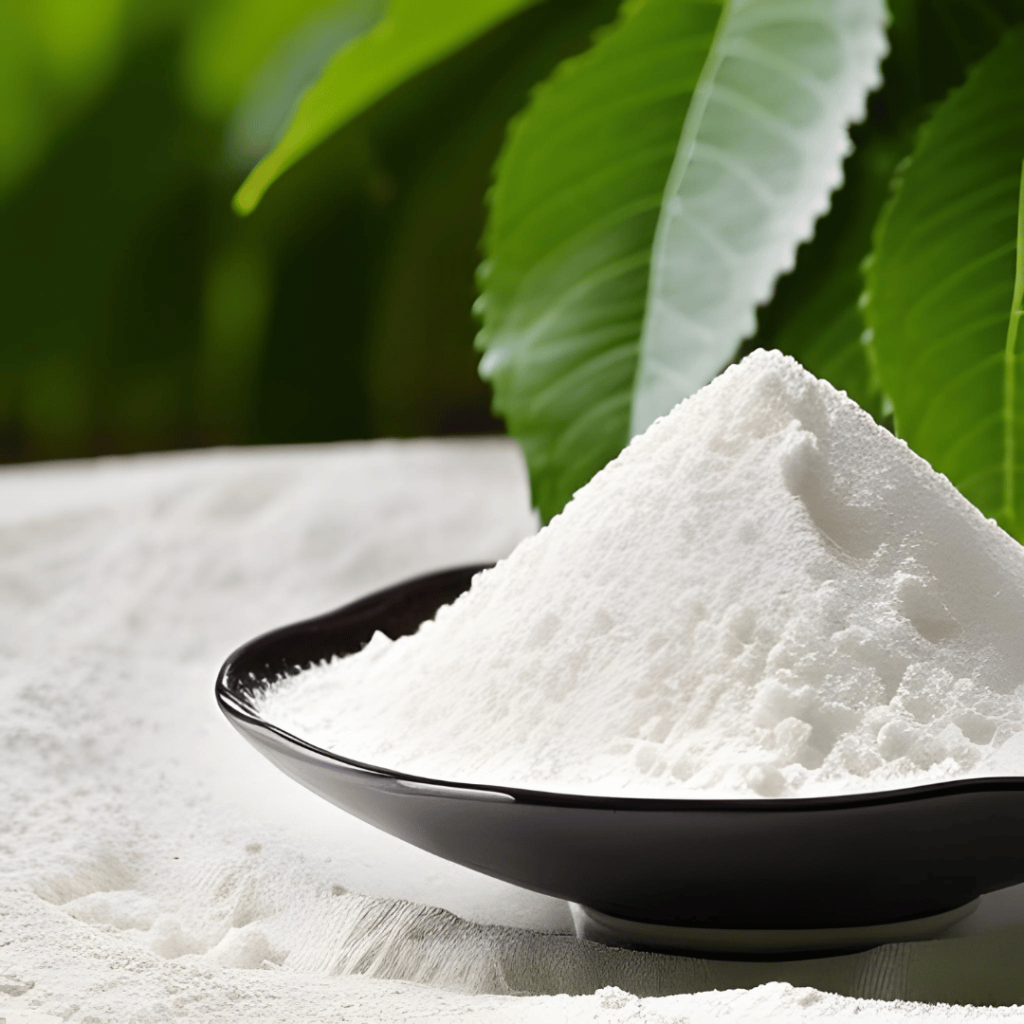Limestone Powder Grinding Process

Limestone is the main raw material for producing cement, concrete coarse and fine aggregates, lime, calcium carbonate, etc. Its crushing and grinding generally adopt dry process, and the corresponding process is selected according to different application fields:
For limestone used in metallurgy and road construction, the ore is generally crushed and screened.
For fine powder products used as feed additives and ordinary fillers, the ore is generally crushed by granular crusher, hammer crusher, impact crusher, etc. and then directly ground by Raymond mill, vertical mill, roller mill, impact mill, etc.
For ultrafine limestone powder and high-grade fillers used for flue gas desulfurization, ultrafine crushing and fine classification are generally required, and the process equipment is basically the same as the ultrafine crushing of calcite.
At present, most of the limestone powder used in the building materials industry is limestone or stone chips generated in the production of aggregates, etc., which are ground to meet the specified fineness requirements.
1. Limestone grinding process
There are two main processes for limestone grinding:
Open-circuit process: the process in which the material passes through the mill once and is used as the finished product for the next stage of operation;
Closed-circuit process: the process in which the material is sorted at one or several levels after leaving the mill, and the fine particles are used as the finished product, and the coarse particles are returned to the mill for re-grinding.
The open-circuit process is relatively simple, with the advantages of less equipment, less investment, and easy operation. However, because all materials need to meet the fineness requirements before leaving the mill, over-grinding is prone to occur, and the finely ground materials are prone to form a buffer layer, which hinders the further grinding of coarse materials, greatly reduces the grinding efficiency, and increases power consumption.
Therefore, most limestone powder manufacturers currently choose the closed-circuit process, which can reduce over-grinding, improve mill efficiency, and reduce energy consumption. In addition, the limestone powder produced by the closed-circuit process has uniform particle size and is easy to adjust, which can meet different fineness requirements.
2. Example of closed-circuit production of limestone powder Raymond mill
Process description:
Limestone falls from the hopper at the bottom of the silo to the belt conveyor, and then is sent to the mill for grinding.
Because the grinding roller rolls tightly on the grinding ring under the action of centrifugal force, the material is scooped up by the shovel and sent to the middle of the grinding roller and the grinding ring, and the material is crushed into powder under the action of the grinding pressure.
The powdered material is blown out by the fan and classified by the classifier above the mill.
The classifier is composed of radial radial blade wheels and transmission devices. The blade wheels are driven by the transmission device to rotate at a certain speed, blocking the coarse particles in the air flow and returning them for re-grinding. The fine powder is sent to the cyclone separator with the air flow through the wind screen, so the classifier plays a screening role. The powder particle size can be freely adjusted by adjusting the air volume or changing the blade wheel speed.
The cyclone separator separates qualified products from the air, and the finished products are transported to the finished product warehouse through the bucket elevator through the pipeline, and the air flow returns to the blower through the return air duct for recycling.
The material contains a certain amount of moisture, and a certain amount of water vapor will be generated during grinding. In addition, the entire pipeline is not sealed absolutely tightly, so a certain amount of external gas is sucked into the system, which increases the system’s circulating air volume. To ensure that the grinder works under negative pressure, the excess air enters the bag dust collector for purification and then is discharged into the atmosphere.
